Help & advice
What is the difference between the types of toilet and how you install each?

When replacing your toilet, look for highly efficient (HET) or ultra-low flush (ULF) toilets to minimise water use. Dual flush toilets do also reduce water usage however that depends how well you remember which button to press when! You can also buy cistern displacement / water saving devices.
Here we've summarised the practical differences of the four most common toilet types – close coupled, traditional, wall hung, and back to wall.
Close coupled toilets
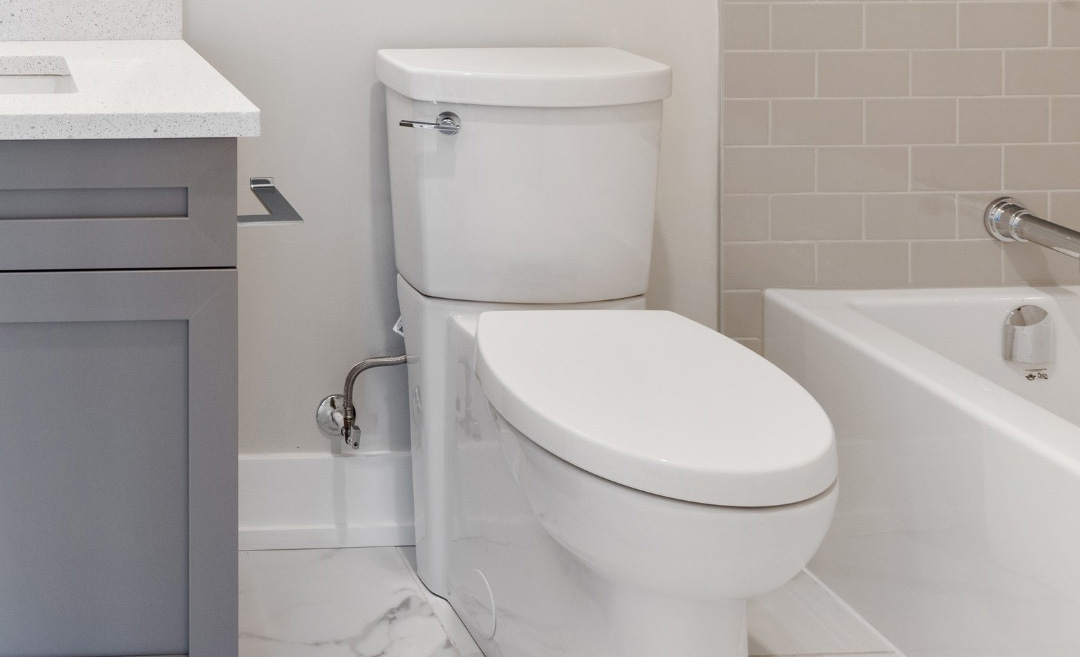
Most modern toilets are close coupled, where the cistern (the part which holds the water for flushing, located above the toilet bowl) is attached to the toilet in one unit.
Pros:
- Easiest and most cost-effective to install
- Cistern is easy to access for maintenance
Cons:
- Can take up more floor space than wall hung toilets
- Cleaning around the base can be more effort compared to wall hung designs
Traditional low or high level toilets
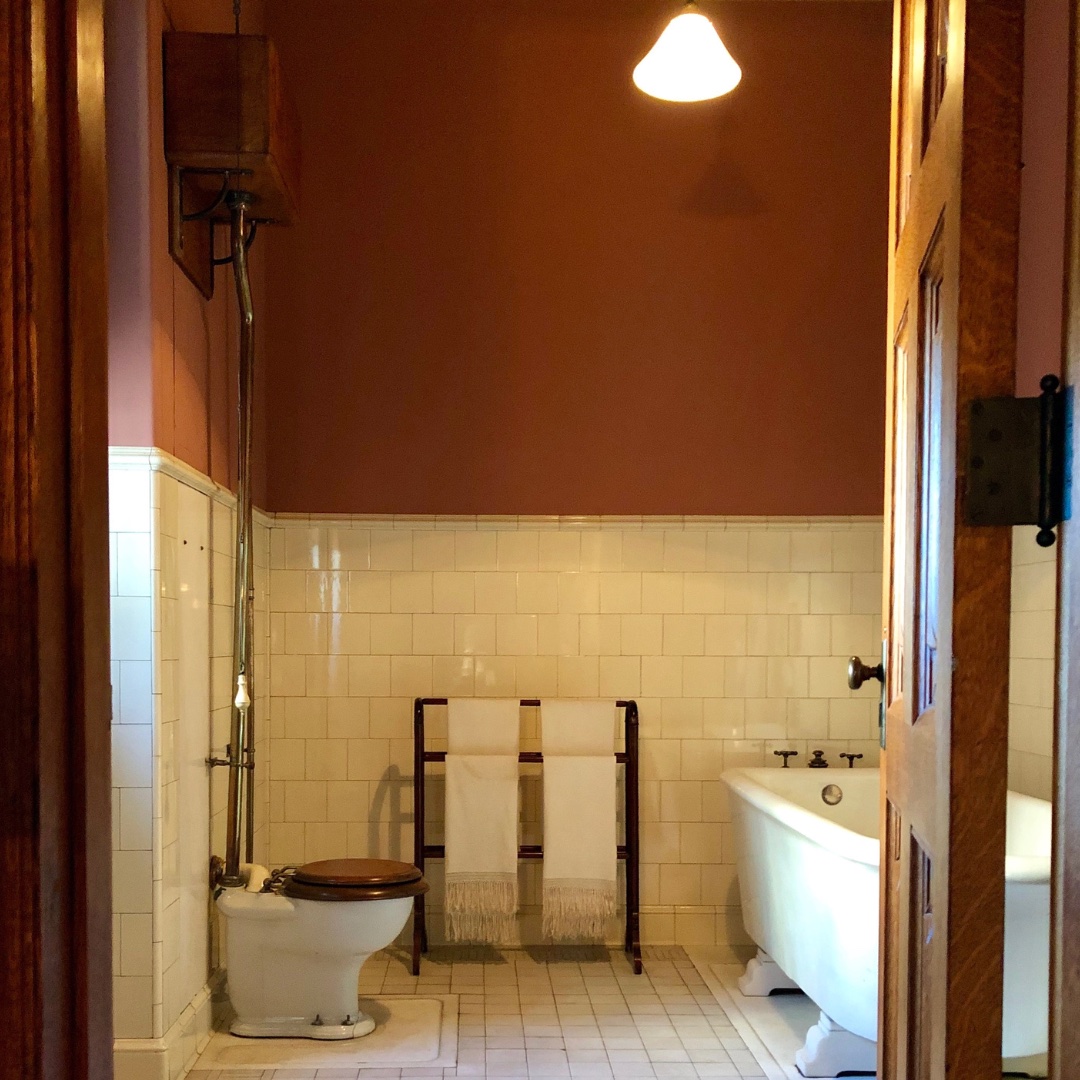

The traditional toilet has a separate cistern that sits further up the wall, either low level or higher up the wall.
Pros:
- Classic appearance
Cons:
- More complicated to install than a close coupled toilet
- Cistern can harder to access for maintenance and repairs than the close coupled toilet due to its height
- Cleaning around the base can be more difficult
Wall hung toilets
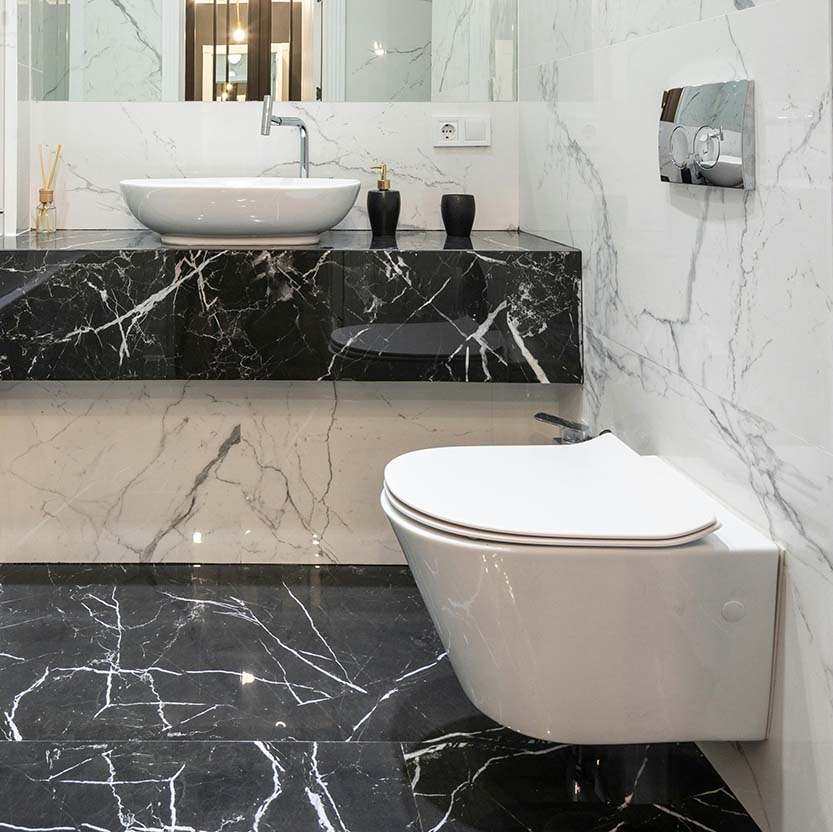
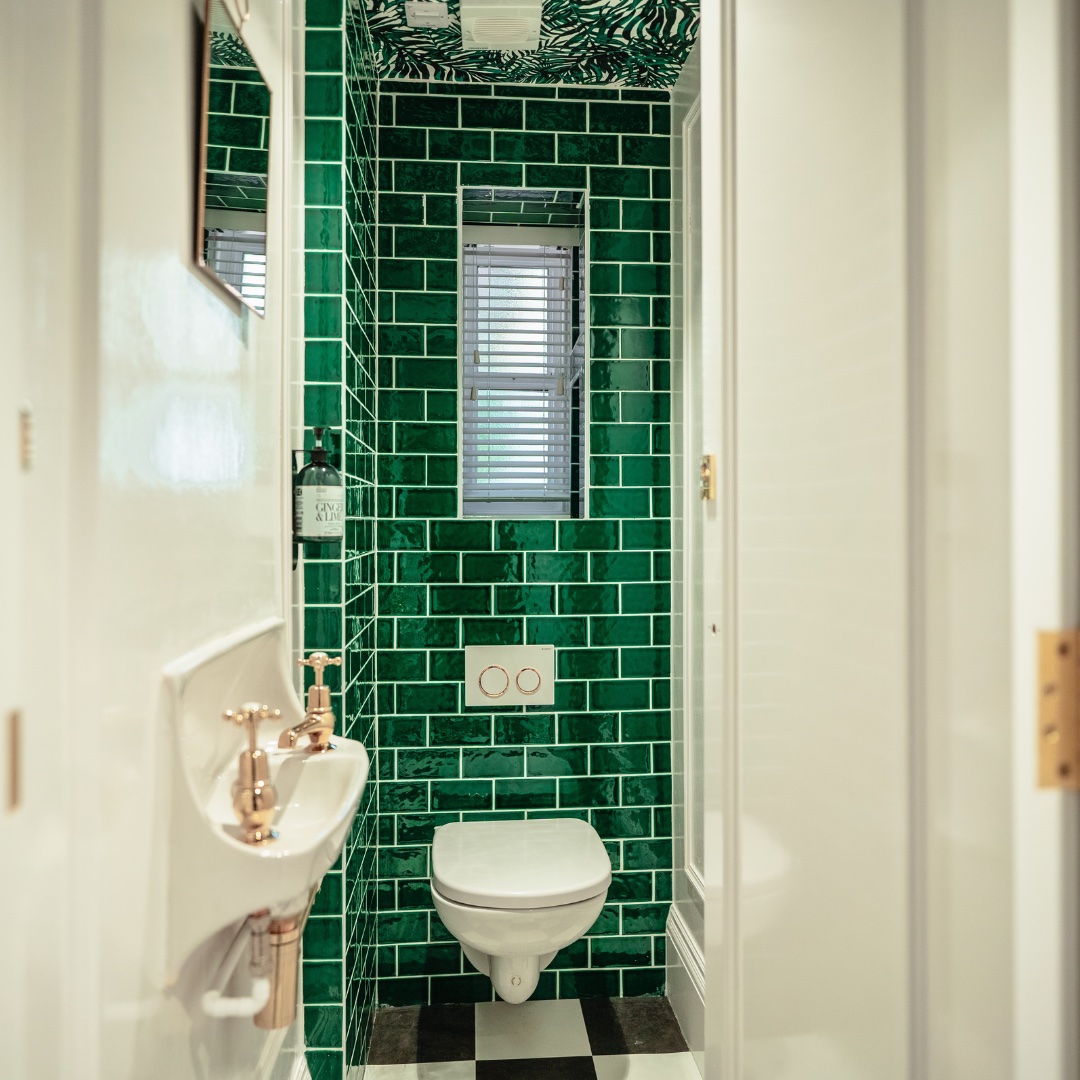
A wall hung toilet is attached to the wall where the cistern is concealed behind a wall or unit. The bowl looks like it 'floats' above the floor.
Pros:
- Minimal in appearance with no visible pipes or cistern
- Easy to clean beneath the toilet, as there's no base to work around
- Height can be adjusted for installation where your soil pipe isn't at a standard height
Cons:
- You need a wall or unit to conceal both the cistern and a sturdy frame (installed within the wall to bear the weight of the toilet and its user)
- Installation is more complex so likely to cost more
- Concealed cistern is harder to access for maintenance and repairs
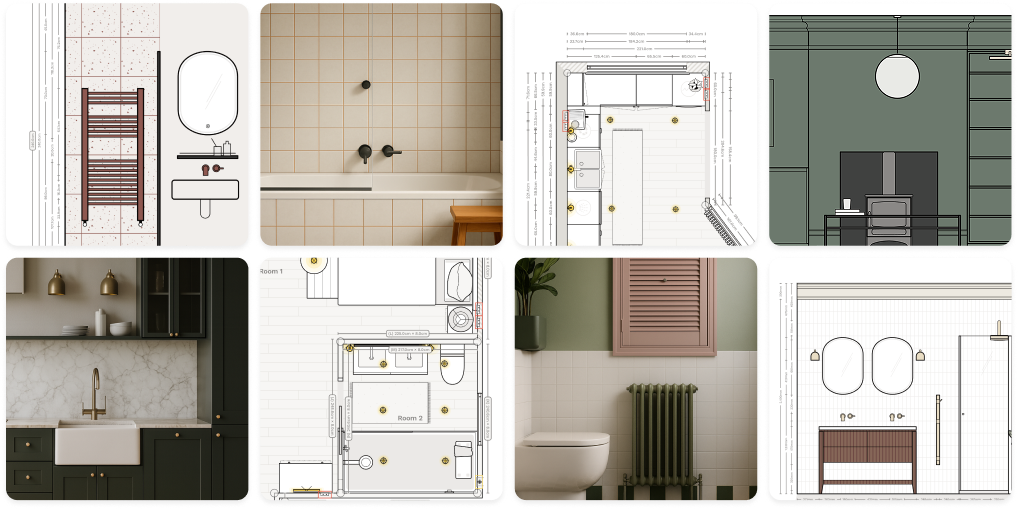
Back to wall toilets

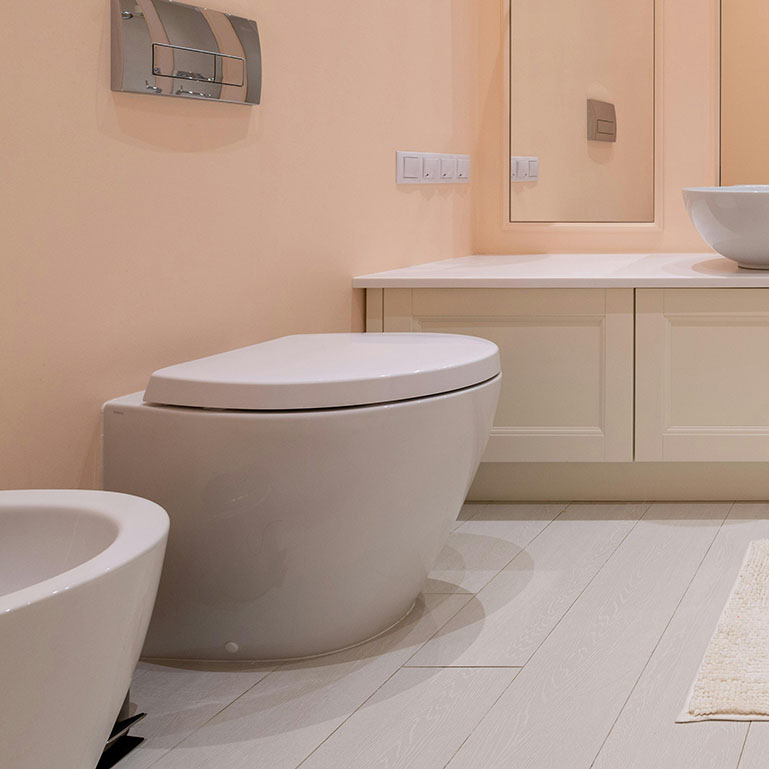
Like wall hung toilets, back to wall toilets are also attached to the wall with the cistern concealed behind a wall or unit. Unlike wall hung toilets, back to wall toilets don't usually need the support of a frame as they rest on the floor.
Pros:
- Minimal in appearance with no visible pipes or cistern
Cons:
- You need a wall or unit to conceal the cistern
- Installation is more complex so likely to cost more
- Concealed cistern is harder to access for maintenance and repairs
Notes on concealed cisterns:
- They come in different depths, so if space-saving is key, especially in a small bathroom, ensure you select a slimline cistern that fits within the available space
- With different valve options - a choice of cable or pneumatics. Pneumatics are less likely to seize up over time and should not need to be replaced as often
- Ease of access - access can be hidden under a removable shelf or behind a flush plate for easier maintenance and repairs
- Flush button / handle or plate? The type of cistern (front access, top access) can affect the type of flush mechanism that you can have. If you have a set style of flush in mind, just double check that this is compatible with the cistern you have chosen!
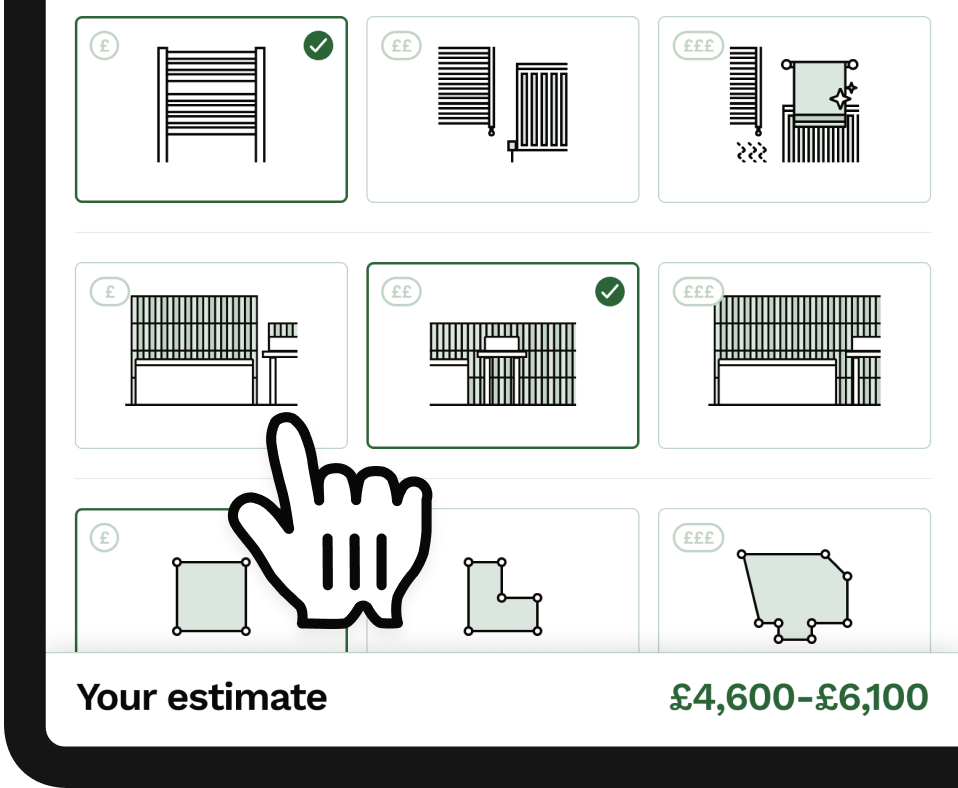
Frequently asked questions
Which type of toilet will save the most water?
To cut down on water usage (and your water bill!), go for a high-efficiency (HET) or ultra-low flush (ULF) toilet. These models are designed to use the minimum amount of water per flush. Dual flush toilets can work (they let you pick between a full or half flush), but the big question is... does everyone remember which button to press?
I want a modern look, but is a wall-hung toilet worth the extra cost?
Wall-hung toilets do look sleek and make cleaning the floor a breeze since they “float” above it. They're a bit pricier to install (more time, fiddly!) due to the concealed cistern and the frame needed to support the weight. If you've got the budget for it, a wall-hung model will give your bathroom a minimalist edge. Also worth keeping in mind is *any* maintenance on the hidden cistern can be trickier down the road.
Are close coupled toilets the easiest to install?
Yep, close coupled toilets are the simplest and most cost-effective to install. The cistern is attached directly to the toilet bowl, so there's less plumbing and structural work involved. Plus, with the cistern right there, maintenance is easy and you won't need a wall or unit to hide any pipes.
What's the difference between a back-to-wall toilet and a wall-hung toilet?
Both styles keep the cistern hidden, with no exposed pipes. The main difference is that a back-to-wall toilet rests on the floor and doesn't need the extra frame a wall-hung toilet needs. That can mean easier installation. If you like the look of a wall-hung toilet but don&apo;st need it “floating,” back-to-wall is a great compromise.
How do I pick the right cistern if it's hidden in the wall?
Concealed cisterns come in different depths, so do your research. For a smaller bathroom, look for a slimline option. It'll save space without sacrificing function. You can also choose between cable or pneumatic flush mechanisms - pneumatic ones tend to need less maintenance over time. If you have a particular flush button in mind, double-check that it's compatible with your chosen cistern type. Hint: it's not that straight forward!
Can I easily access a hidden cistern if I need to fix it?
Yes, but plan for it! Hidden cisterns can be accessed via a removable shelf or a flush plate that pops off depending on whether it's front or top access. Make sure your setup includes one of these access points, as it'll make maintenance a whole lot easier if you ever need to adjust or repair anything.
Renovating? Read more...
Bathroom
Dimensions and understanding the space needed around your bathroom items
You'll want at least 700mm of clear floor space in front of your basin, toilet, shower, or bath - basically enough room to use them comfortably.
Bathroom
Answering 'how high do you want the...' for bathroom renovations
At some point during your bathroom renovation (the earlier the better) you'll find yourself holding a shower head, standing in your socks in a dusty / partially unwrapped bath, wondering: Wait... how high should this go?
All rooms
Save money, save energy and save water from your renovation.
You've got the vision for your dream room - colours, tiles, that perfect finish. But have you thought about how it's going to perform?
Bathroom
Why moving a toilet is a big decision
It will add to the overall time required to complete the project, which, in turn, increases the cost.
Free tools to get started

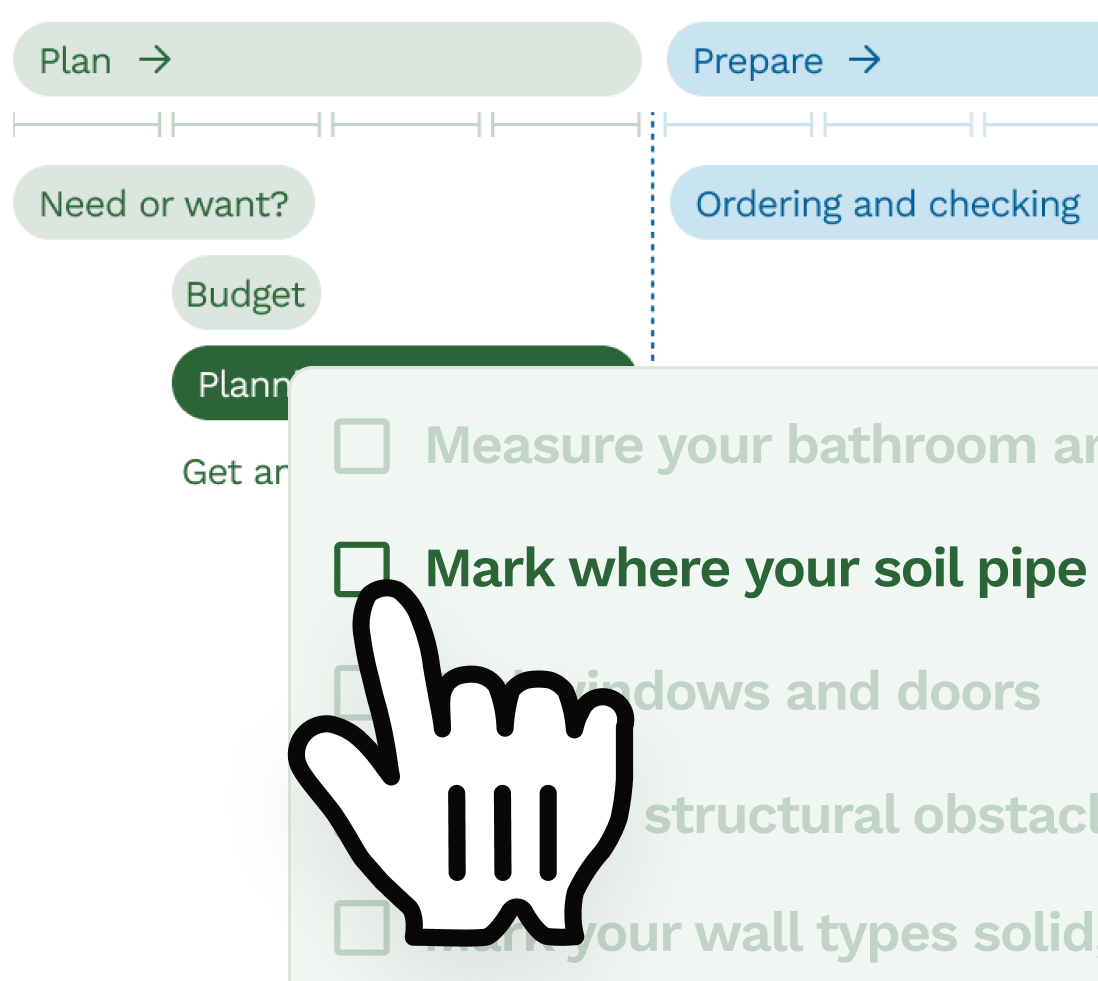
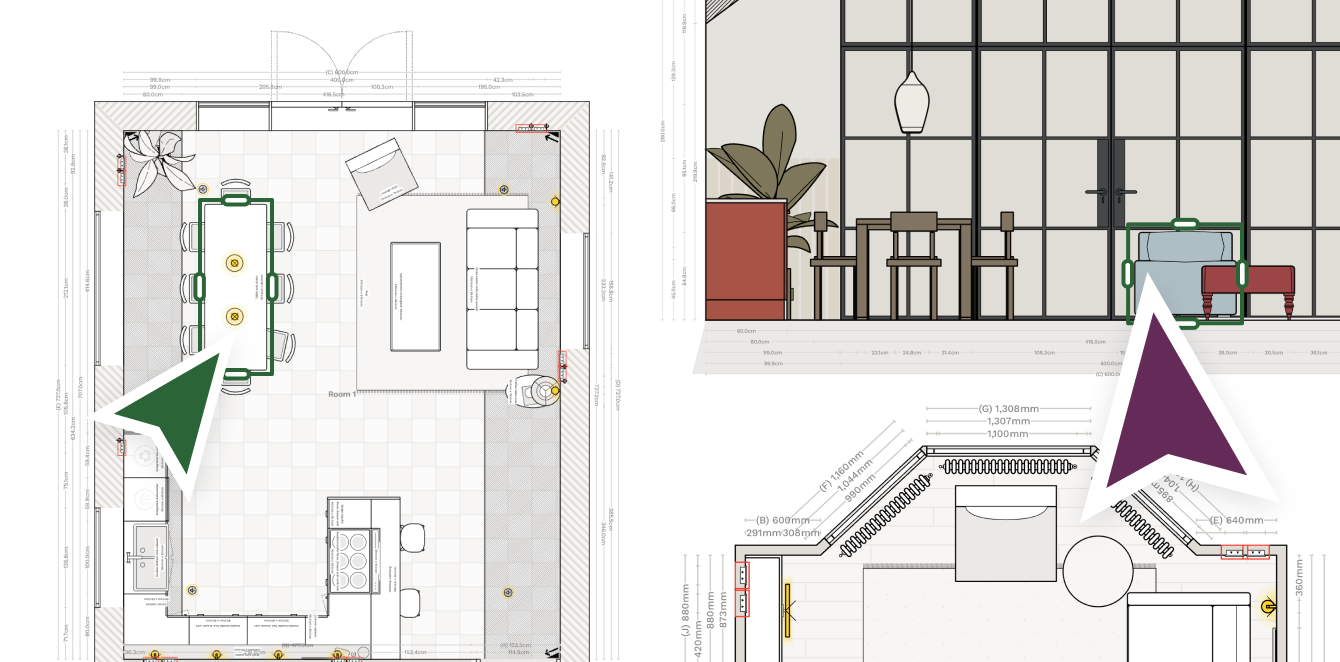

Start your renovation with Reno